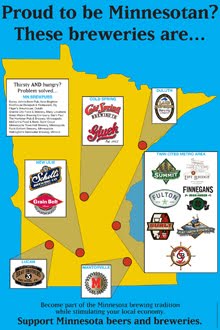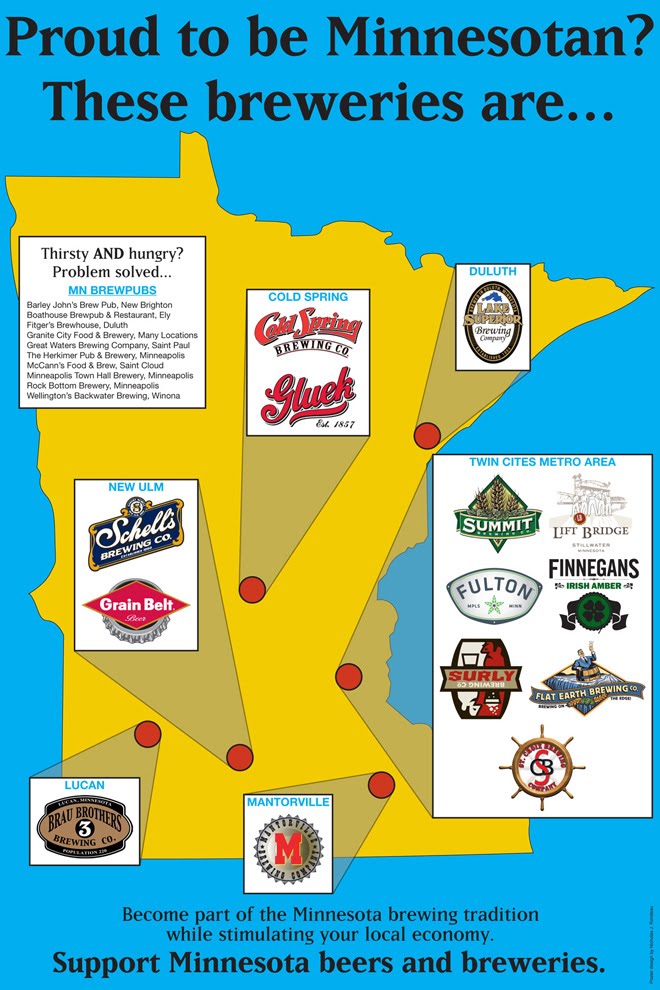 I've found that I really enjoy tasting limited-edition single batch beers. They are typically brewed with the purpose of being bold and/or unique recipes, meant to surprise taste buds. Today is a session with another one of these types of beer: Schell's Stag Series Batch 1.
I've found that I really enjoy tasting limited-edition single batch beers. They are typically brewed with the purpose of being bold and/or unique recipes, meant to surprise taste buds. Today is a session with another one of these types of beer: Schell's Stag Series Batch 1.Schell's brewery has made limited beers before as part of their Snowstorm label. That particular beer is released every winter as a different recipe. Some of them have gone on to great success and became part of their year-round line up, like Firebrick and Schell's Stout. So in the past, we've always had to wait until winter to see what new recipes the brewery will release in bottles. Not anymore, thanks to the Stag Series. Different recipe batches from this series will be released throughout the year. Schell's brewery states that they will be a "collection of innovative and experimental, limited-edition beers."
Stag Series Batch 1 is Barrel Aged Schmaltz's Alt. They took their seasonal Schmaltz's Alt, which is a German altbier, and aged it for six months in French oak, pinot noir wine barrels. There is no ABV on the bottle, but the Schell's website lists it at 5.1%.
I pour from the 22 oz bomber into my imperial pint glass. (I wish I had a proper glass for altbier, but I'm having trouble finding one online that does not have a logo.) A 1-finger light tan head quickly appears and then settles into a thin irregular-shaped patch of foam floating on top. The body is dark brown in color, with a touch of ruby when held up to light.
I smell some brown sugar and maybe some faint spice, but a stronger aroma dominates. That would be an acidic, sour fruit character that reminds me of cherries or raspberries.
The first taste confirms what my nose told me. There is a slight caramel flavor at the start along with a hint of vanilla oakiness. Those quickly transition into the flavor of tart dark cherries. Some light chocolate and a mild bitterness come in at the end, along with a final dry quality that seems to linger.
The body has a medium-light thickness and feels creamy in my mouth. There is a nice crisp finish and some surprising warmth that builds in the back of my throat.
This is a very tasty and unique beer. There are some qualities from the red wine barrels that really stand out, but thankfully they don't erase all traces of the altbier. It's more warming than I expected for a 5.1% beer. Some of that must come from the wine barrels. This is a pretty balanced beer and wine mix that is quite enjoyable. If you like red wine and beer, I highly recommend you try this. Of course, I would recommend you try it anyway because that's what I do.










